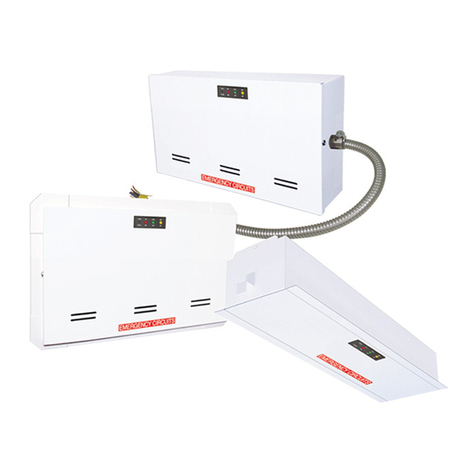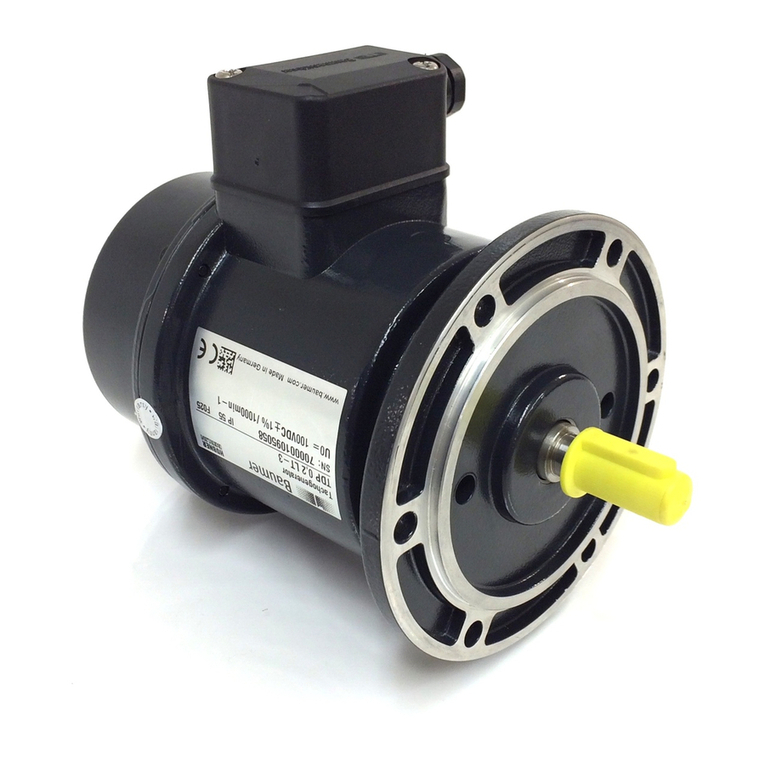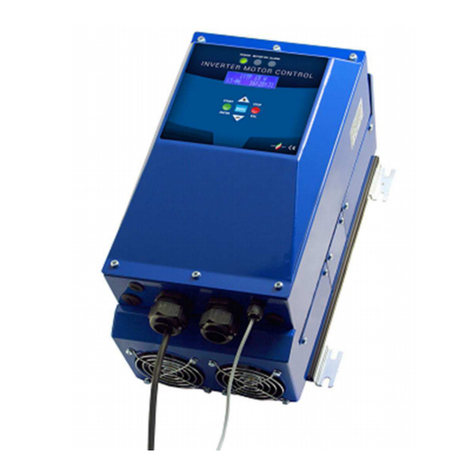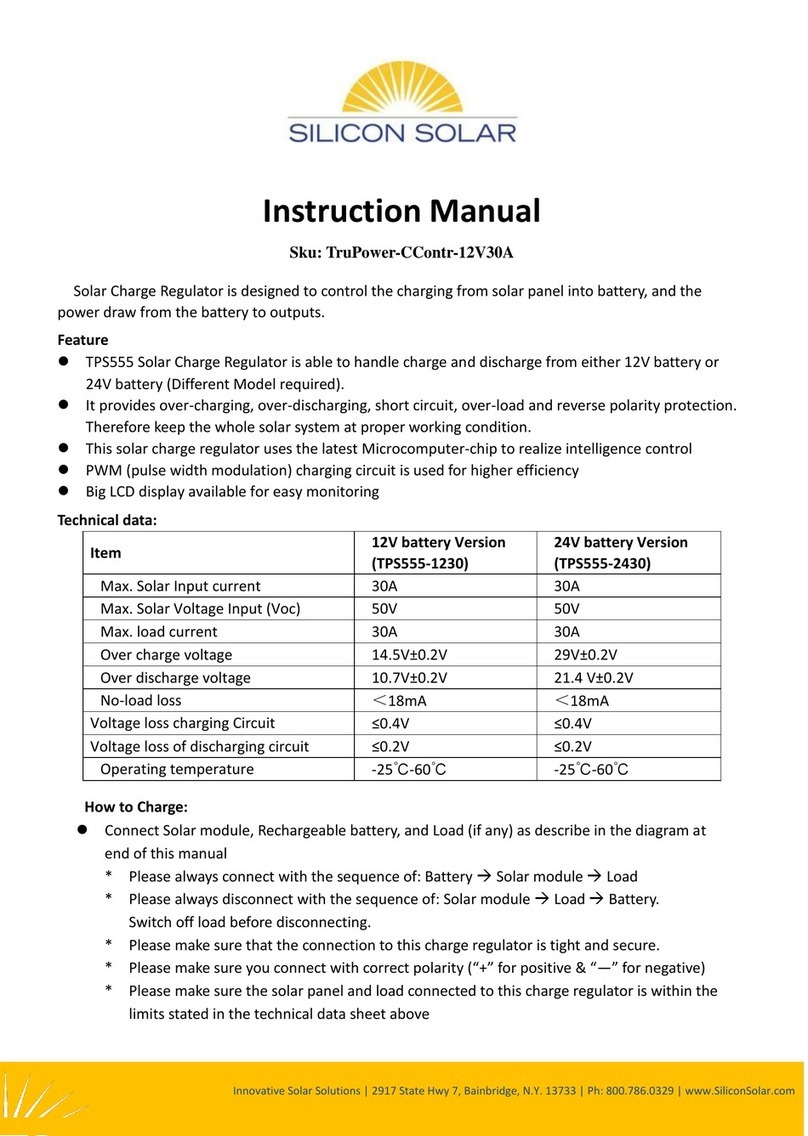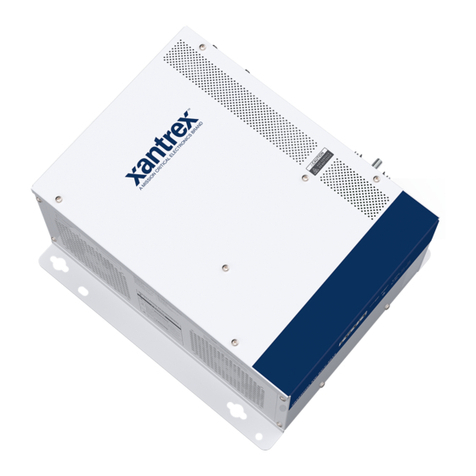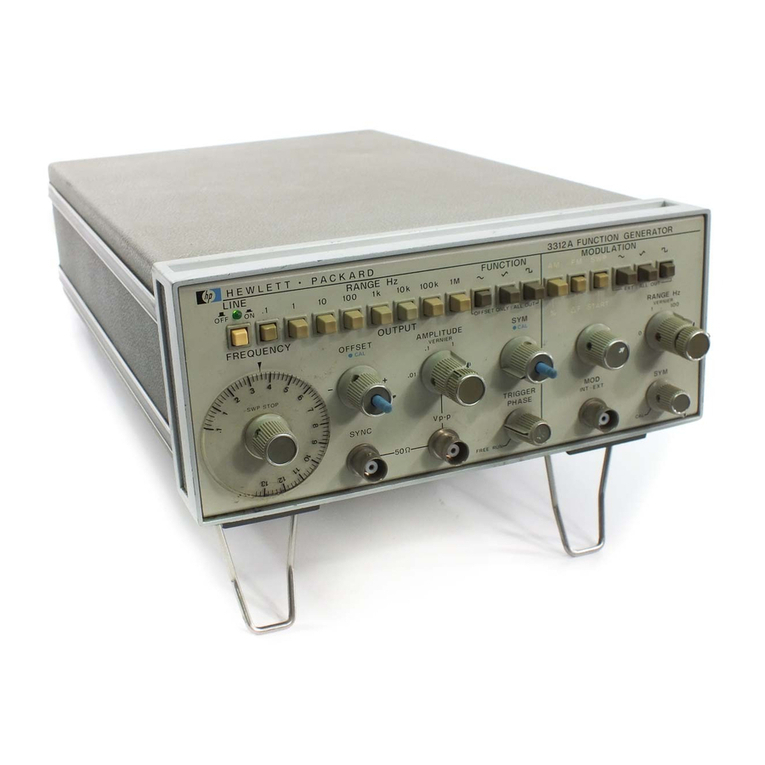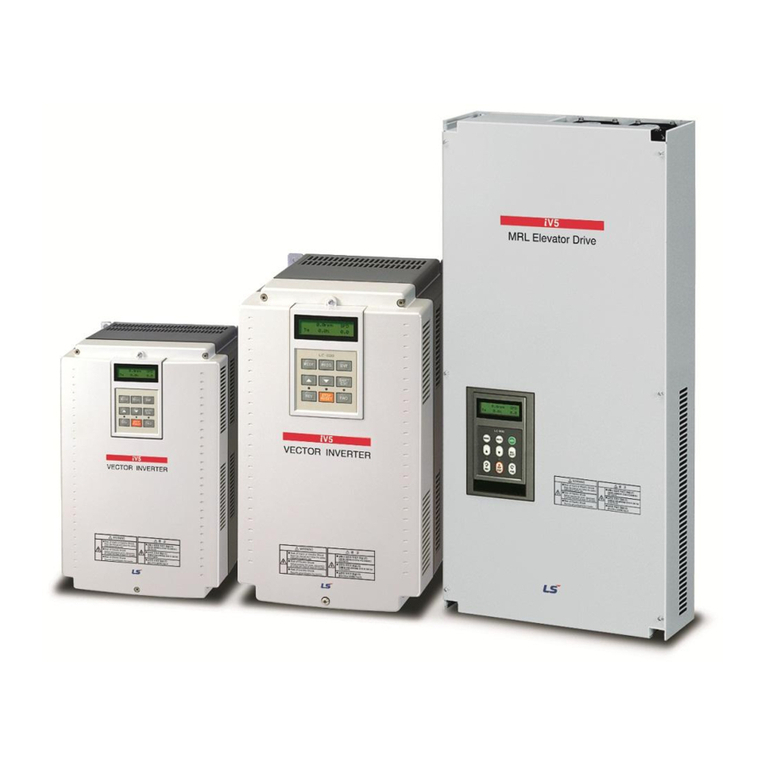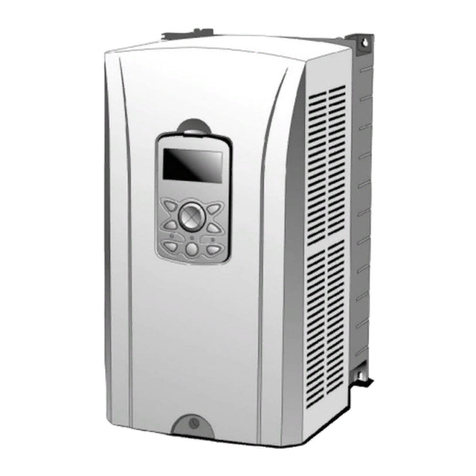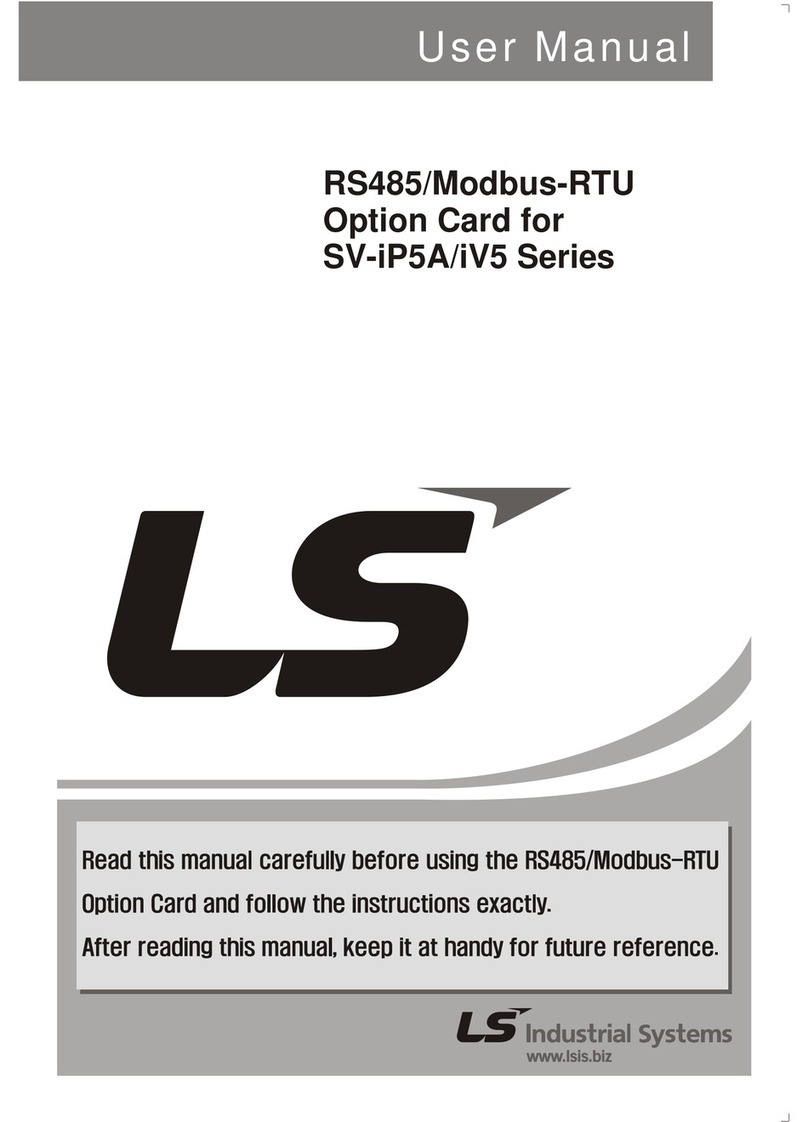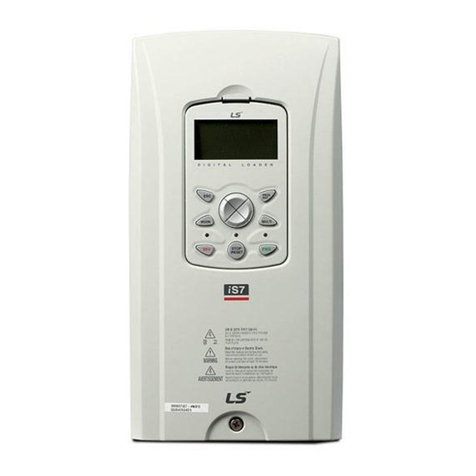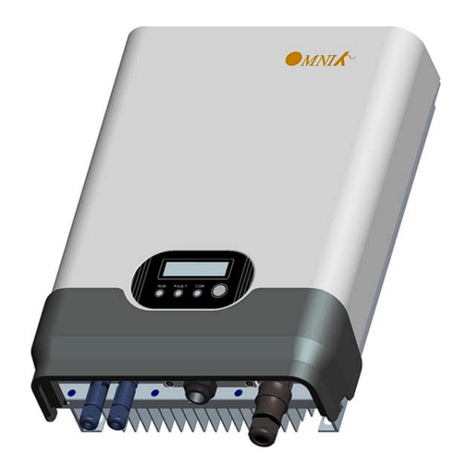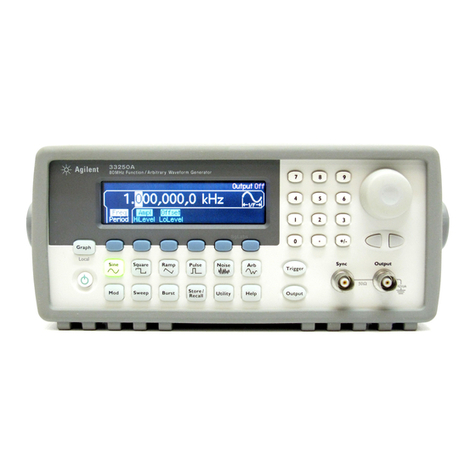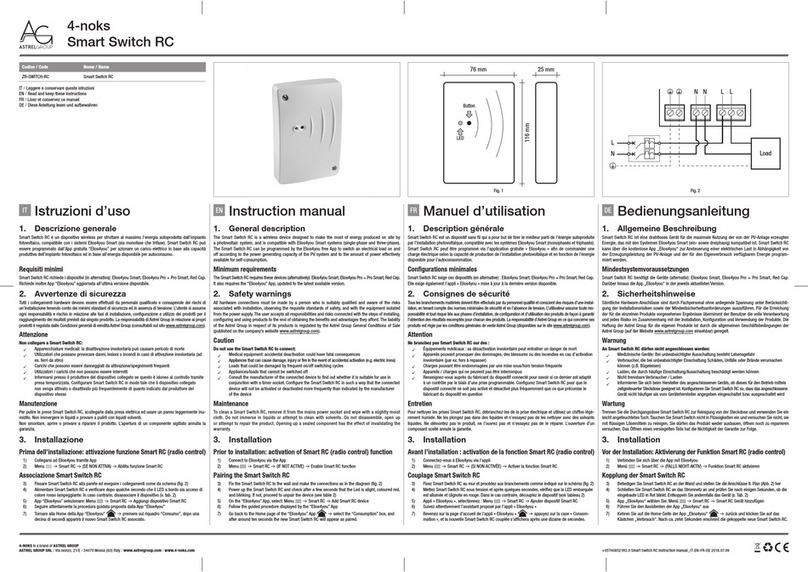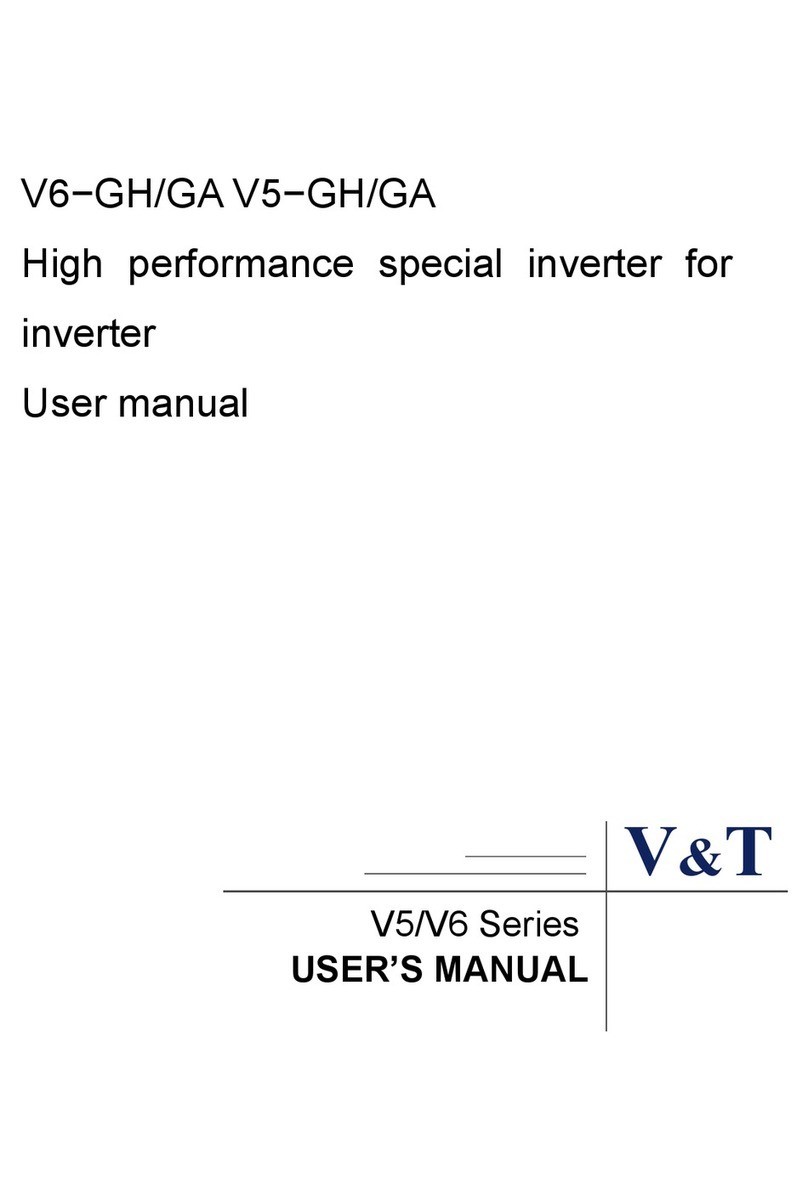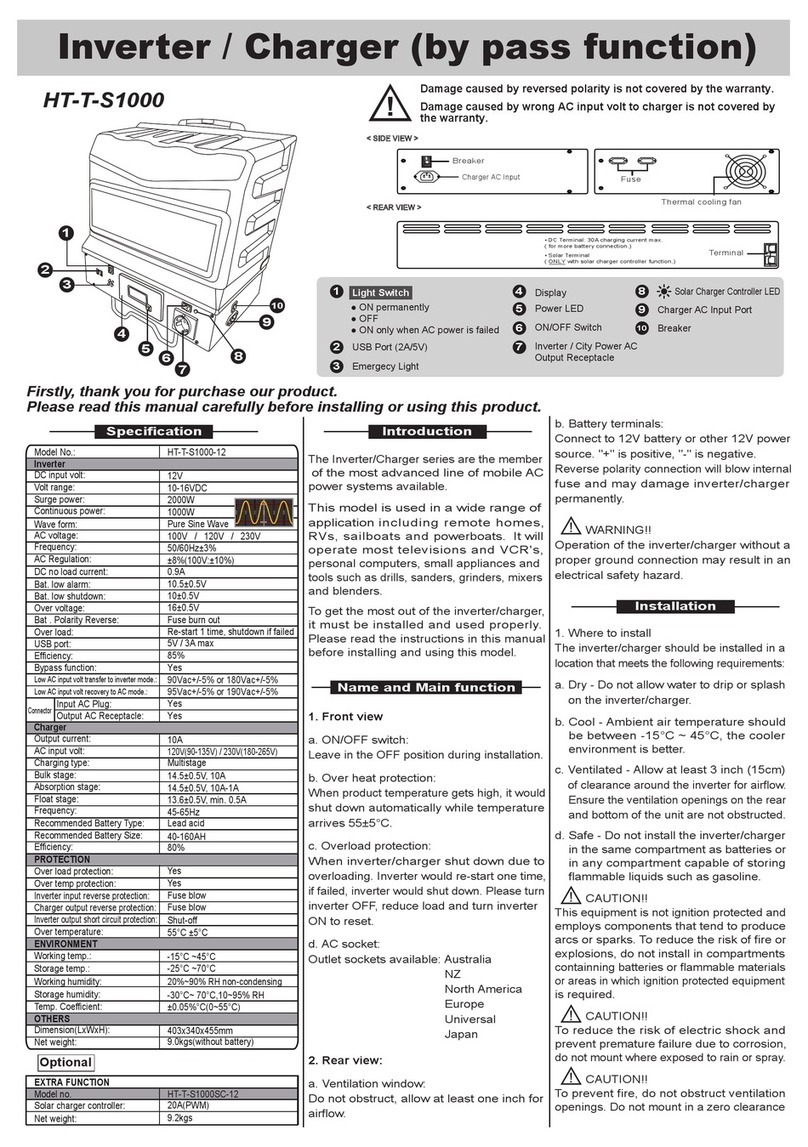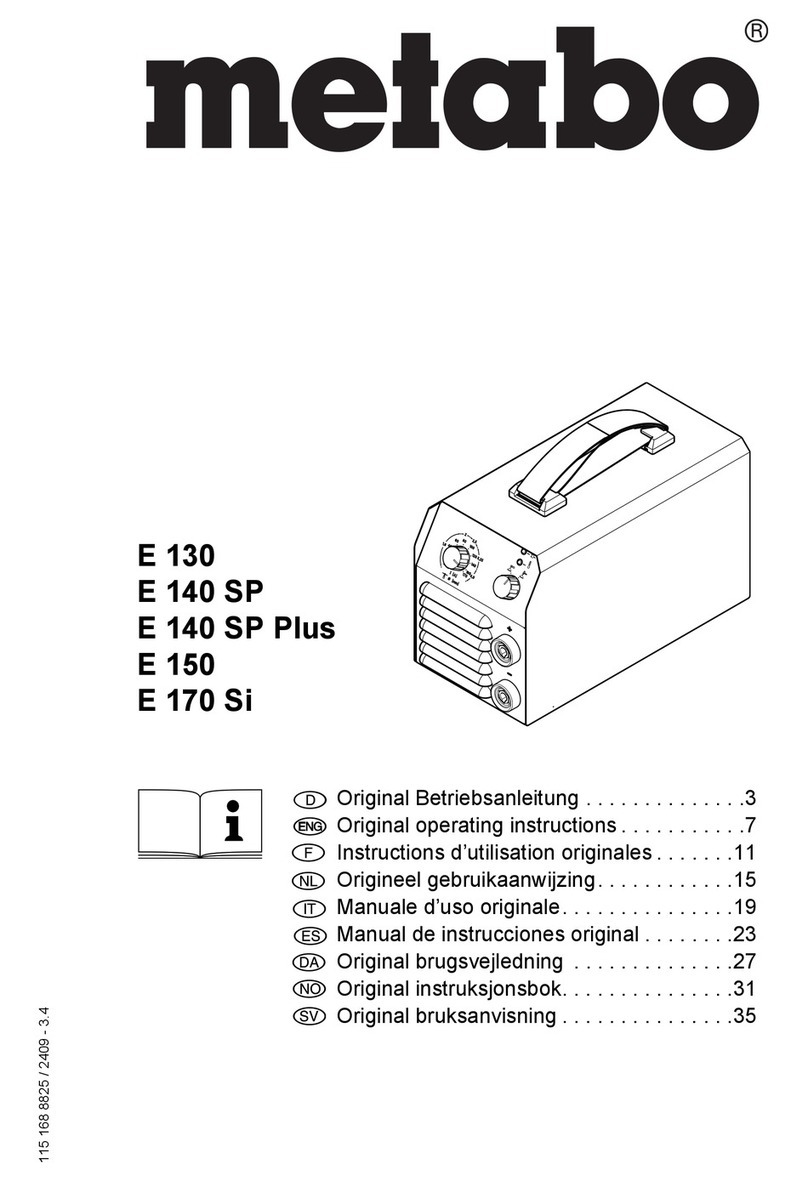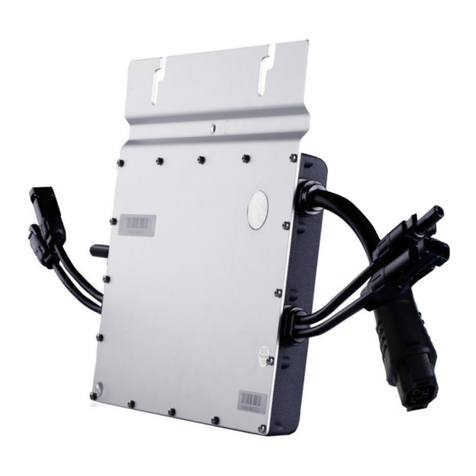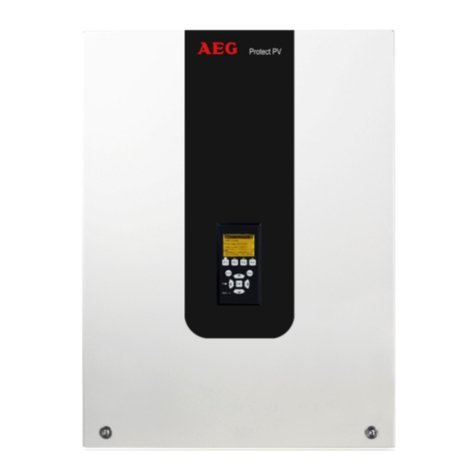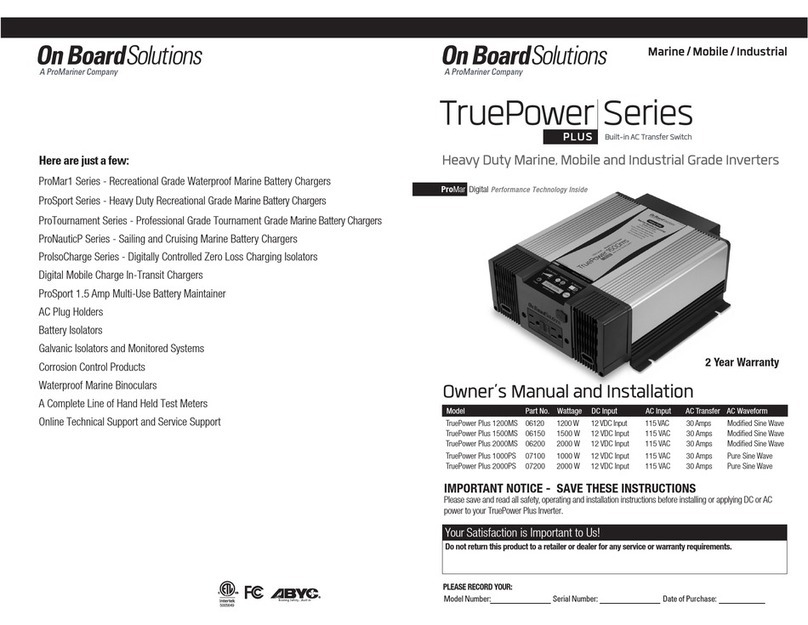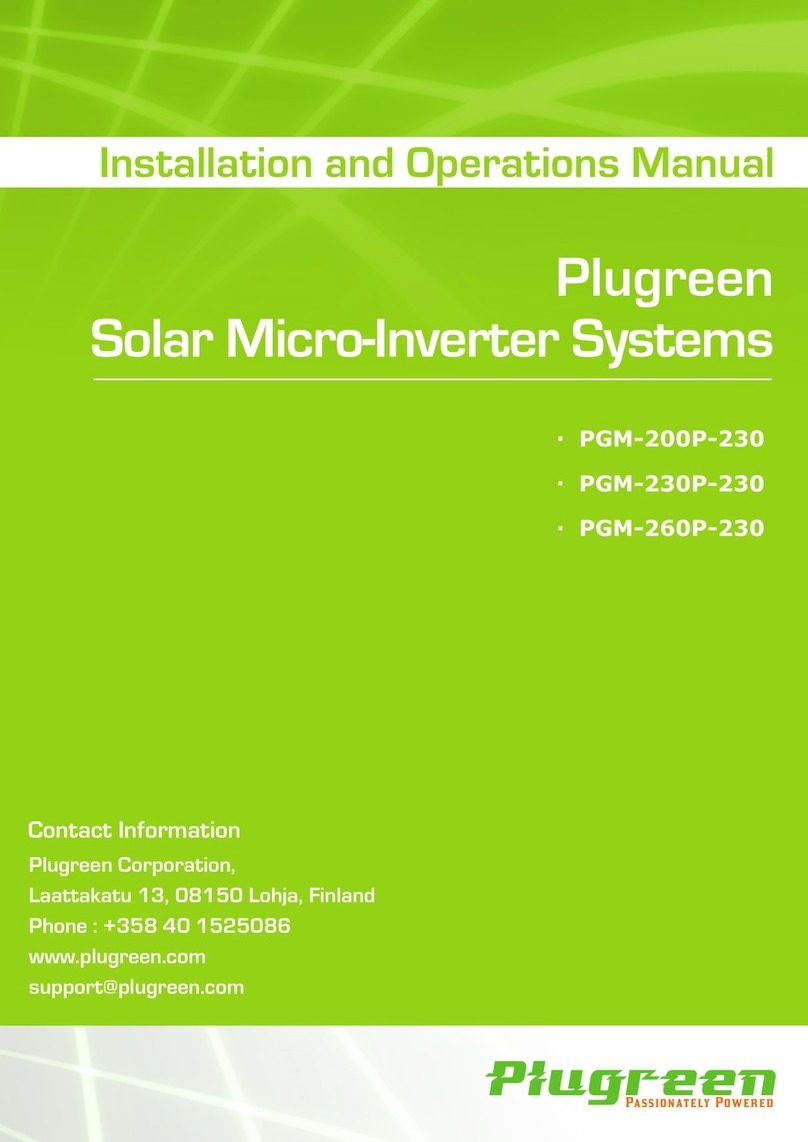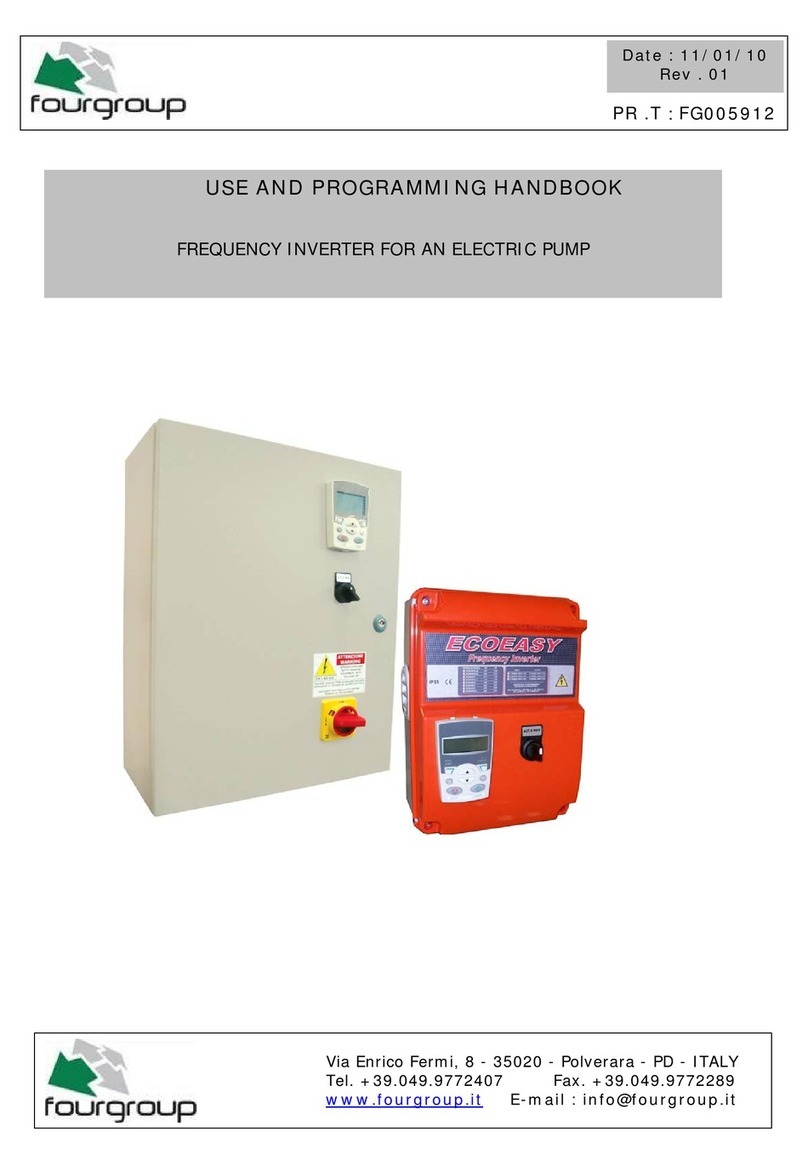Selecting inverter capacity
Selecting the correct inverter capacity
1) Check that the required output for the load is within the inverter’s rated
output [KVA].
2) Check that the motor rating is within the inverter’s rated output [KVA].
3) Check that the current for the actual load is within the inverter’s rated
current [A].
When operating multiple motors with one inverter
1) Ensure the inverter ’s rated output is greater that or equal to the
combined rating of the motors.
2) Electronic Over-Current Relay (EOCR) protection is recommended.
(Note: Over-current protection for all motors supplied by the inverter
cannot
be provided. )
3) Not recommended for motors with large differences in ratings.
5cm 5cm
5cm
Area for measuring temperature
Safety information - Inverter installation
Installation conditions
1) The inverter must not vibrate and be installed on a wall that can
support the inverter's weight.
2) Since the inverter may overheat during operation, it must be installed
on a fire-resistant or flame-retardant surface and have adequate
clearance around it.
3) The ambient temperature of the inverter’s operational environment
must be within -10 –50℃.
Clearances around the inverter
A
A
B B A : >10cm
B : >5cm
Safety information –Inverter wiring
Things to check before wiring
1) Ensure the inverter is turned off before wiring.
2) After the inverter is turned off, ensure that the inverter’s charging
circuit is fully discharged. (Wait at least 10 minutes after the inverter is
turned off.)
Safety information for wiring
1) Do not allow objects, such as metal filings or cable off-cuts inside the
inverter. Doing so may damage the inverter or cause inverter
malfunction.
2) Apply the correctly rated torque when tightening screws. If screws are
loose or over tightened, the inverter may malfunction or cause a short
circuit.
3) If the forward command (Fx) is on, the motor should rotate
counterclockwise when viewed from the load side of the motor. If the
motor rotates in the reverse direction, switch the position of the U and
V connections at the inverter.
※Ensure the total cable length does not exceed 200 m.
※Use Shielded Twisted Pair (STP) cables for signal circuits used
with remotely located motors that are connected to the inverter. Do
not use 3 core cables.
※When using long cable lengths, decrease the carrier frequency and
install a micro surge filter or sine wave filter.
- 3 -
- 4 -
If an inverter’s capacity is incorrect it may cause trip faults and also cause the
inverter and connected motors to malfunction.
Caution
- 4 -
Ensure the input terminals (R,S,T) and output terminals (U,V,W)are connected
correctly.
Transposing the input and output connections may damage the inverter.
Do not short-circuit the B1 and B2 terminals. This may damage the inverter.
Warning
When installing phase advance condensers, surge killer, or electronic noise
filters on the output side of the inverter, the inverter protection function may
perform or the surge killer may be damaged.
Caution
